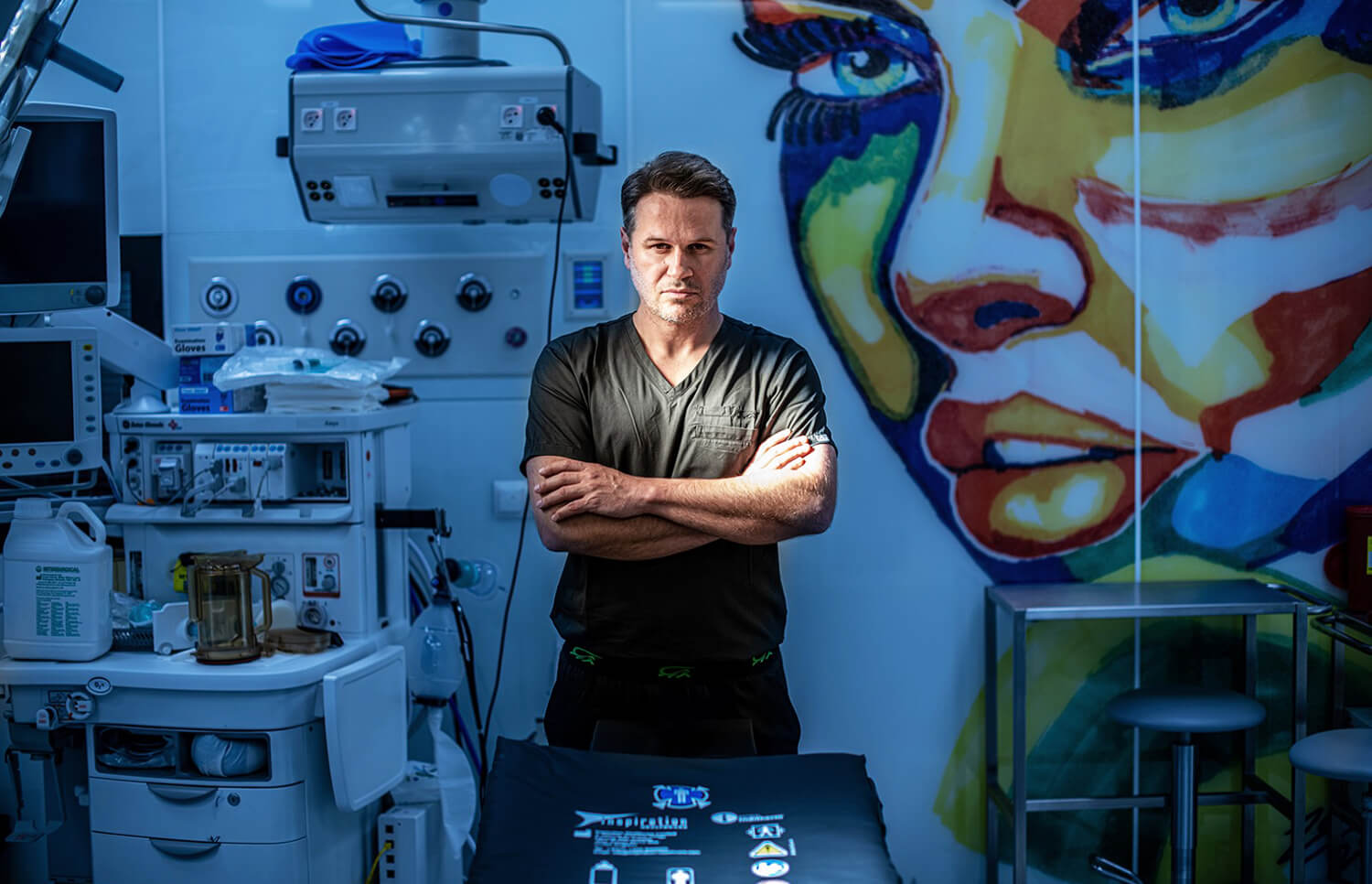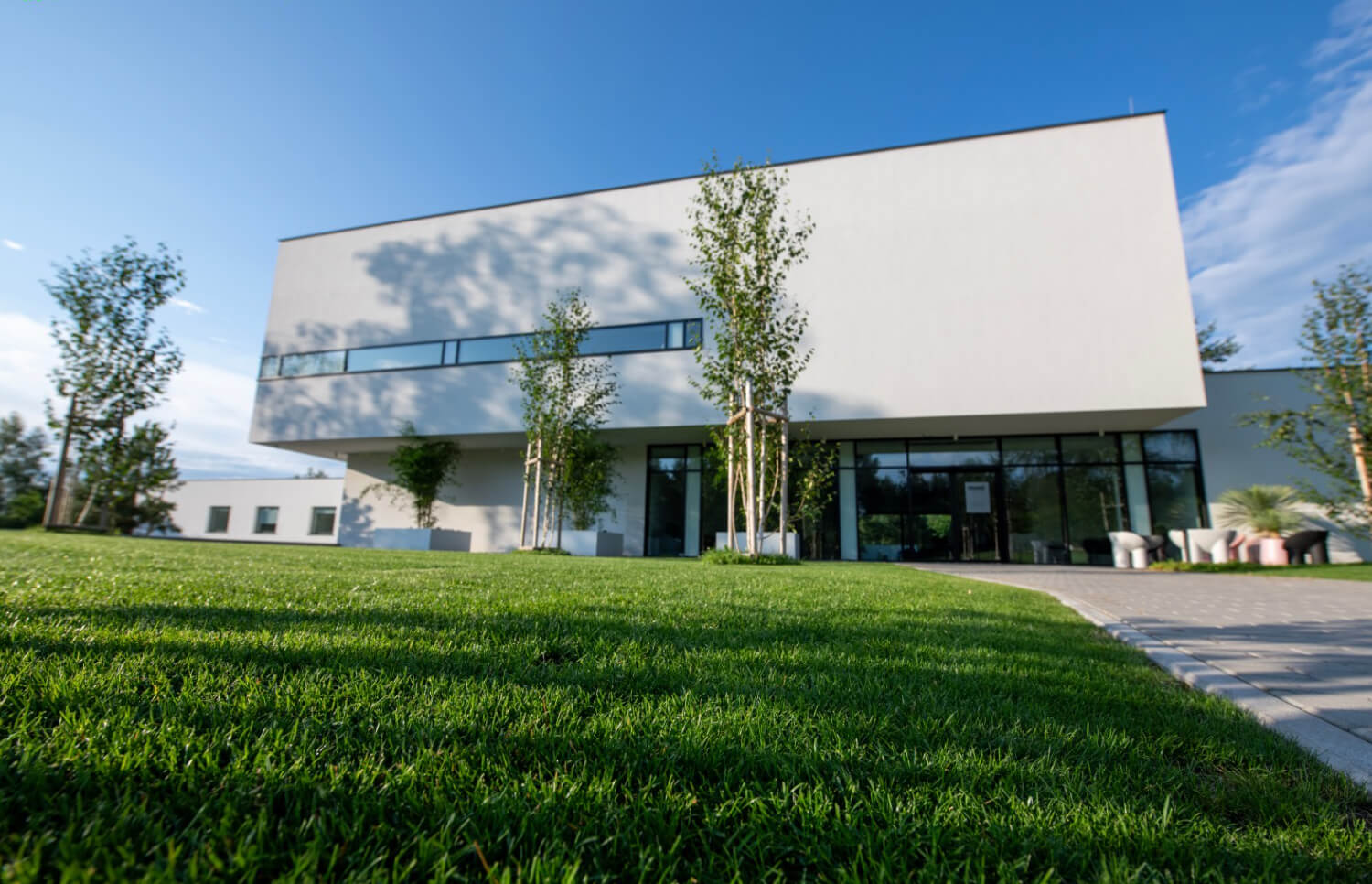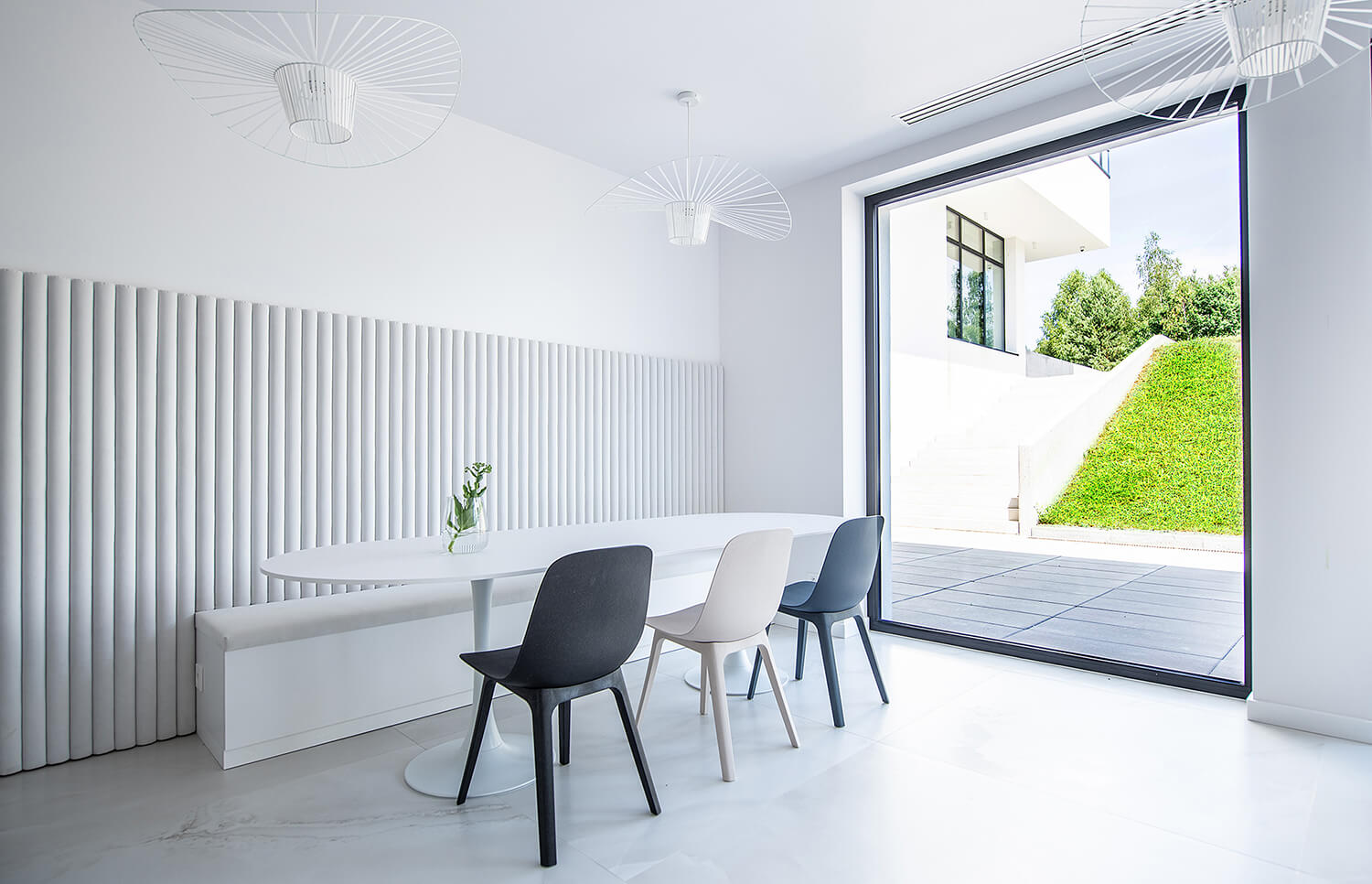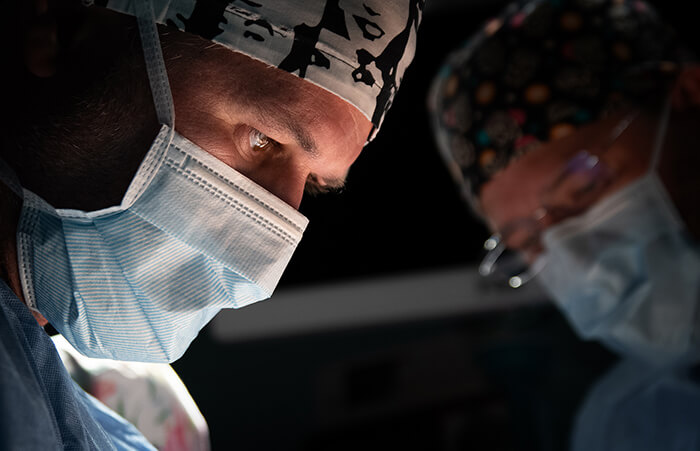Arm Lift Surgery
Arm lift surgery, also known as brachioplasty, is a surgical procedure aimed at improving the shape and firmness of the upper arms. This operation involves removing excess skin and fat tissue from the arm area, resulting in a slimmer and more toned appearance. It is most commonly performed on patients who have experienced significant weight loss, have a tendency for sagging skin due to aging, or struggle with loose skin due to genetic predisposition.
During the procedure, the surgeon makes incisions, usually along the inner side of the arm, to keep scarring as inconspicuous as possible. Then, excess skin and fat tissue are removed, and the remaining skin is tightened and reshaped to give the arms a more aesthetic and firm appearance. In some cases, an arm lift may be combined with liposuction, which further allows for the removal of stubborn fat and precise body contouring.
An arm lift is particularly recommended for individuals who, despite regular physical activity and a healthy lifestyle, struggle with loose, sagging skin that cannot be reduced through exercise. This procedure not only enhances the aesthetic appeal of the arms but also improves daily comfort, especially when wearing short-sleeved clothing, often leading to increased self-confidence.
Although the results of the procedure are long-lasting, maintaining them requires a healthy lifestyle, including regular exercise and a proper diet. Arm lift surgery is an effective way to enhance the appearance and firmness of this body area, leading to improved well-being and satisfaction with one’s silhouette.
Price information
The final price depends on the scope of the procedure, including whether it is the first treatment or a follow-up, whether it will be combined with other procedures, and the type of anesthesia used. The patient will be informed of the final price during the consultation.
The price includes: clinic stay, procedure, anesthesia, dressings, pre- and post-procedure care, suture removal, and follow-up visits.
Preparations for the procedure
Tests and vaccinations
Before the surgery, it is necessary to perform current tests, but not earlier than 1 month before the planned procedure.
- ECG without a description
- Complete blood count with platelets
- APTT
- INR – PT
- Electrolytes (sodium, potassium)
- HBS antigen
- HCV antibodies
- HIV antibodies
- Blood type
- Nasal swab for MRSA (methicillin-resistant Staphylococcus aureus)
The received results and the completed form (download here) must be scanned and sent two weeks before the procedure to the email: szpital@mooi.clinic
It is also recommended to have received at least 2 doses of the hepatitis B vaccination beforehand. NOTE! Individuals born between 1986 and 1994 were vaccinated in middle school and have all doses of the vaccine. Those born in 1995 and later have been vaccinated from birth and also have all doses. In the aforementioned cases, vaccinations do not need to be repeated.
Additionally, for patients with chronic illnesses, a certificate from the attending physician regarding their optimal health condition and lack of contraindications for the planned procedure should be provided.
Preparation for Stay at the Clinic
Two weeks before the procedure, it is advised to avoid taking salicylates (aspirin, polopiryna), ginger, garlic, and dietary supplements. Furthermore, prior to the planned surgery, you should purchase class I compression stockings and bring them with you on the day of the procedure.
The Day Before the Procedure
No later than 20:00 on the day before the procedure, you should take low-molecular-weight heparin subcutaneously (40 mg).
On the day before the operation, the last meal should be consumed no later than 21:00, while fluids (preferably non-carbonated mineral water) can be consumed until 24:00.
When preparing for your stay at the clinic, you should also remove and leave at home any metal decorations, such as rings, earrings, watches, bracelets, necklaces, hairpins, etc.
The Day of the Procedure
On the day of the operation, you must arrive at the clinic at the designated time (which will be indicated a week before the procedure) at: Mooi Clinic, ul. Kaczmarskiego 1, 57-320 Polanica Zdrój.
You must be fasting (no food or drink), and there is a complete ban on smoking tobacco products and chewing gum.
Additionally, you should bring: test results, ID card, toiletries, towel, pajamas, comfortable slip-on shoes, regular medications, and class I compression stockings.
The Day After the Procedure
Discharge from the clinic will occur the following morning after breakfast and a medical consultation. It is recommended to leave the facility under the care of an accompanying person and to remain under the supervision of a third party for at least the first day after the procedure.
Payments
For the planned surgical procedure, payment can be made via bank transfer to:
M-clinic Sp. z o.o. Sp. Kom.
Santander Bank Polska S.A.
89 1090 2398 0000 0001 5328 6595
The transfer should be made in advance so that the amount can be credited before the planned procedure. Remember to include your details in the transfer title.
If you prefer to pay by card or cash, this can be done at the reception after being admitted to the ward but before the procedure.
Post-Procedure Recommendations
First Few Days After Surgery
- Some patients may have two drains inserted to remove blood and fluids from the wound. Additional fluid removal may be necessary in some cases.
For 1 week after the procedure
- Do not drive a car.
For the first 2 weeks after the procedure
Avoid:
- constipation.
- taking medications on an empty stomach, as this may cause vomiting.
- Failure to adhere to the aforementioned prohibitions may lead to bleeding or hemorrhage, which may require additional surgery.
For the first 3 weeks after the procedure
Prohibition of:
- smoking cigarettes or being in the same room with smokers.
- frequent consumption of coffee and caffeinated drinks.
- drinking alcohol.
- The liposuction area will be swollen and possibly bruised. This usually resolves after 2-3 weeks, but in some cases, it may last up to 6 months.
First Two Months After Surgery
- Limit physical activity as much as possible.
Avoid lifting or pulling heavy objects.
Do not lift small children (0-2 years old) for 4 weeks and older children for at least 6 weeks.
First Four Weeks After Surgery
- Wear the compression garment applied after surgery:
24/7 for the first 2 weeks
At night only for the following 2 weeks
Some patients may choose to wear it for a longer period.
After Four Weeks
- Light compression bands may be used after removing the compression garment.
For 6 months after the procedure
- Completely avoid sun exposure and tanning beds.
After Six Months
- You may resume physical activities such as running, swimming, tennis, and weightlifting, as long as there is no discomfort.
We understand that deciding on a procedure is an important step. We’re here for you!
If you have any questions or would like to schedule a consultation, call us at: +48 602 210 712
Patient Review
Recovery
A unique place on the map of plastic surgery in Poland – Mooi® Clinic in Polanica-Zdrój
When creating our plastic surgery hospital, we took care of every detail to ensure the highest standard of care and comfort. Our highly qualified staff is ready to meet the expectations of even the most demanding patients. We utilize the latest technologies to guarantee the safety and precision of our procedures. Additionally, to provide full relaxation and support, we offer a comfortable hotel where you can rest after surgery, and your loved ones can be with you if needed.






Call us and schedule a consultation!
We are here to listen, advise, and support you at every stage.
